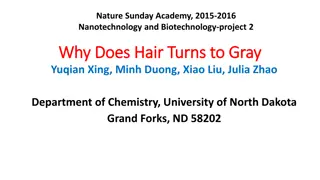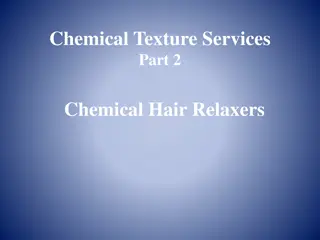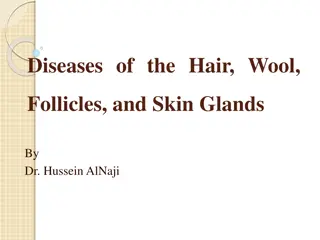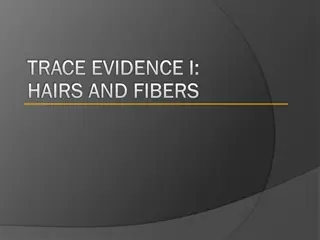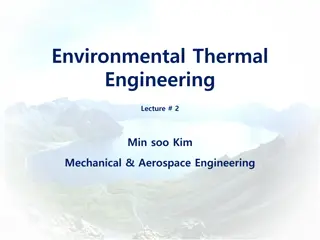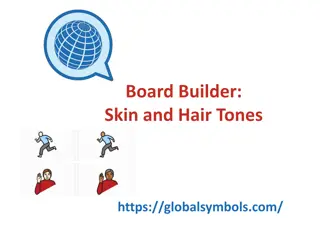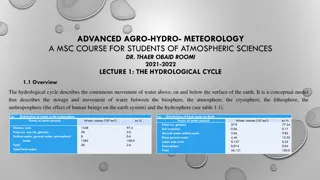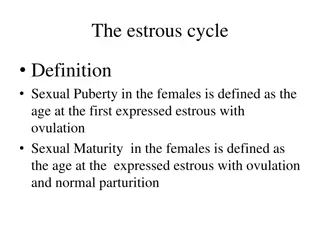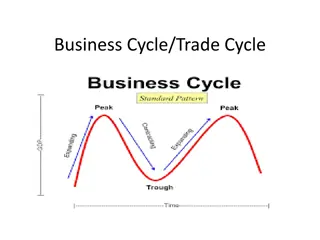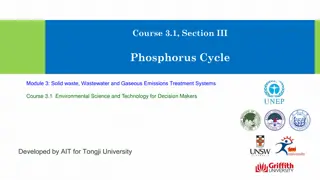Understanding the Hair Growth Cycle and Structure
Hair is a protein filament that grows from follicles in the skin, playing essential roles in thermal regulation, protection, and facilitating perspiration evaporation. The hair consists of layers like the medulla, cortex, and cuticle, each with specific functions. Hair growth follows a cyclic process involving phases of growth, regression, rest, and shedding, influenced by various factors like location, nutrition, hormones, and age.
Download Presentation

Please find below an Image/Link to download the presentation.
The content on the website is provided AS IS for your information and personal use only. It may not be sold, licensed, or shared on other websites without obtaining consent from the author. Download presentation by click this link. If you encounter any issues during the download, it is possible that the publisher has removed the file from their server.
E N D
Presentation Transcript
Hair Hair and Growth Cycle and Hair Hair Growth Cycle Dr. IVL Padmini Department of Pharmaceutics B.Pharm III rd Year, Sem I Cosmetic Science Department of Pharmaceutics, MLRIP 1
What Whatis is hair? hair? Hair is a protein filament that grows from follicles found in the dermis, or skin. It is one of the defining characteristics of mammals. It is an important biomaterial primarily composed of protein, notably keratin. Department of Pharmaceutics, MLRIP 2
The Themain mainfunctions functions of of Hair Hair Thermo regulation Protection Facilitation for evaporation of perspiration Heat insulation on head Department of Pharmaceutics, MLRIP 3
Structure Structureof ofHair Hair Department of Pharmaceutics, MLRIP 4
Anatomy Anatomy of of Hair Hair Department of Pharmaceutics, MLRIP 5
Layers Layersof ofHair Hair 1. Medulla 2. Cortex 3. Cuticle Department of Pharmaceutics, MLRIP 6
Medulla oCentre layer of hair shaft oNot always present , can be continuous broken oMade up of large loosely connected cells oNo known function Department of Pharmaceutics, MLRIP 7
Cortex oLargest and most important layer of the hairshaft oDetermines the texture of the hair oContains melanin and moisture Department of Pharmaceutics, MLRIP 8
Cuticle oThe outer layer of the hair shaft oMade up of clear overlapping scales oContains no melanin Department of Pharmaceutics, MLRIP 9
Hair Hairgrowth growthcycle cycle Hair development is a continuous cyclic process and all mature follicles go through a growth cycle consisting of growth (anagen), regression (catagen), rest (telogen) and shedding (exogen) phases. The duration of the phases changes based on the location of the hair and also personal nutritional and hormonal status and age. Department of Pharmaceutics, MLRIP 10
Anagen The anagen is the active growth phase in which the follicle enlarges and takes the original shape and the hair fiber is produced. Almost 85 90% of all scalp hairs are in anagen. Mitosis is occurring Hair grows between 1 to 1.5 cm per month. Hair bulb is round and full & contains melanin in it. Department of Pharmaceutics, MLRIP 12
Catagen At the end of anagen, mitotic activity of the matrix cells is diminished and the follicle enters a highly controlled involutionary phase known as catagen. Catagen lasts approximately 2 weeks in humans, regardless of the site and follicle type. Transition stage Mitosis stops Department of Pharmaceutics, MLRIP 13
Telogen The telogen stage is defined as the duration between the completion of follicular regression and the onset of the next anagen phase. Telogen stage lasts for 2 3 months. Approximately 10 15% of all hair is in telogen stage. Hairs fall out , approx 50-80 hairs per day are lost. Department of Pharmaceutics, MLRIP 14
SHAMPOOS SHAMPOOSAND ANDHAIR HAIRRESTORING RESTORINGAGENTS AGENTS A Shampoo is a preparation of a surfactant in a suitable form liquid, solid or powder which when used under the specialized conditions will remove surface grease, dirt and skin debris from the hair shaft and scalp without adversely affecting the user. oIdeal properties It should produce good amount of foam. It should be easily removed on rinsingwith water. It should impart a pleasant fragranceto the hair. It should not cause any side affects or irritationto the skin or eye. It should be effectively or completely remove dust or soil. It should not make the hand rough. Department of Pharmaceutics, MLRIP 15
Formulation FormulationOf OfDifferent DifferentTypes TypesOf OfShampoo Shampoo 1. Powder Shampoo
2. Lotion shampoo Department of Pharmaceutics, MLRIP 17
3. Liquid shampoo Department of Pharmaceutics, MLRIP 18
4. Anti dandruff shampoo Department of Pharmaceutics, MLRIP 19
5. Conditioning shampoo Department of Pharmaceutics, MLRIP 20
6. Herbal shampoo Department of Pharmaceutics, MLRIP 21
7. Mintop 10% Lotion Department of Pharmaceutics, MLRIP 22
8. Nizoral Shampoo 1% Ketaconazole ..1% Acrylic acid polymer Butylated hydroxyl toluene Cocamide MEA FD & C BLUE #1 Fragrance Glycol distearate Polyquaternium-7 Quaternium-15 NaCl Sodium cocayl sarcosinate NaoH SLS Tetrasodium EDTA Water Department of Pharmaceutics, MLRIP 23


